Address
304 North Cardinal
St. Dorchester Center, MA 02124
Work Hours
Monday to Friday: 7AM - 7PM
Weekend: 10AM - 5PM
Address
304 North Cardinal
St. Dorchester Center, MA 02124
Work Hours
Monday to Friday: 7AM - 7PM
Weekend: 10AM - 5PM
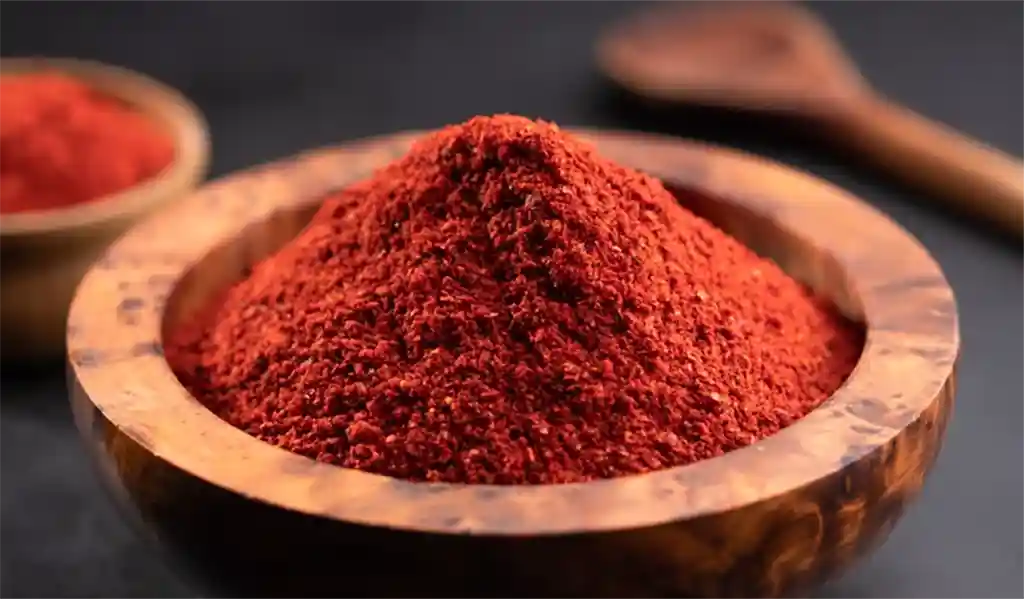
Disclosure: This site is sponsored by affiliate programs, we may earn money from the companies mentioned in this post, but we only recommend brands that we truly love and trust. As an Amazon affiliate partner we may earn from qualifying purchases.
Cooking at home can sometimes become monotonous, with the same ingredients and recipes used repeatedly. However, incorporating a few secret ingredients can elevate your everyday meals, adding new dimensions of flavor, texture, and aroma. These ingredients are versatile, easy to use, and can transform even the simplest dishes into gourmet experiences. Here’s a detailed guide to 12 secret ingredients that will elevate your everyday meals.

Miso paste is a traditional Japanese seasoning made from fermented soybeans, salt, and a mold called koji. It comes in various types, including white, yellow, and red miso, each with different flavors and intensities. White miso is the mildest and sweetest, yellow miso is slightly stronger, and red miso has the most intense flavor.
Miso paste is rich in probiotics, which promote gut health. It’s also packed with vitamins and minerals, including vitamin K, manganese, zinc, protein, and calcium. The fermentation process enhances its nutritional profile, making it a healthy addition to your diet.

Fish sauce is a pungent, salty condiment made from fermented fish, typically anchovies. It’s a staple in Southeast Asian cuisine and adds depth and complexity to dishes with its intense umami flavor.
Fish sauce is rich in protein and essential amino acids. It’s also a great source of vitamins and minerals like iodine and iron. Its strong flavor means a little goes a long way, adding depth without overpowering the dish.

Smoked paprika, also known as pimentón, is made from dried and smoked red peppers. It has a distinct smoky flavor that can enhance various dishes. There are sweet (dulce), bittersweet (agridulce), and hot (picante) varieties, each adding a different dimension to your cooking.
Smoked paprika is rich in antioxidants, including vitamins A, E, and B6. It also has anti-inflammatory properties and can add depth of flavor without the need for extra salt or fat.

Tahini is a paste made from ground sesame seeds. It’s a key ingredient in Middle Eastern cuisine and has a rich, nutty flavor. It’s commonly used in dishes like hummus, baba ghanoush, and various dressings and sauces.
Tahini is a good source of healthy fats, protein, and various vitamins and minerals, including calcium, iron, and magnesium. It also contains antioxidants that can help reduce inflammation and promote heart health.
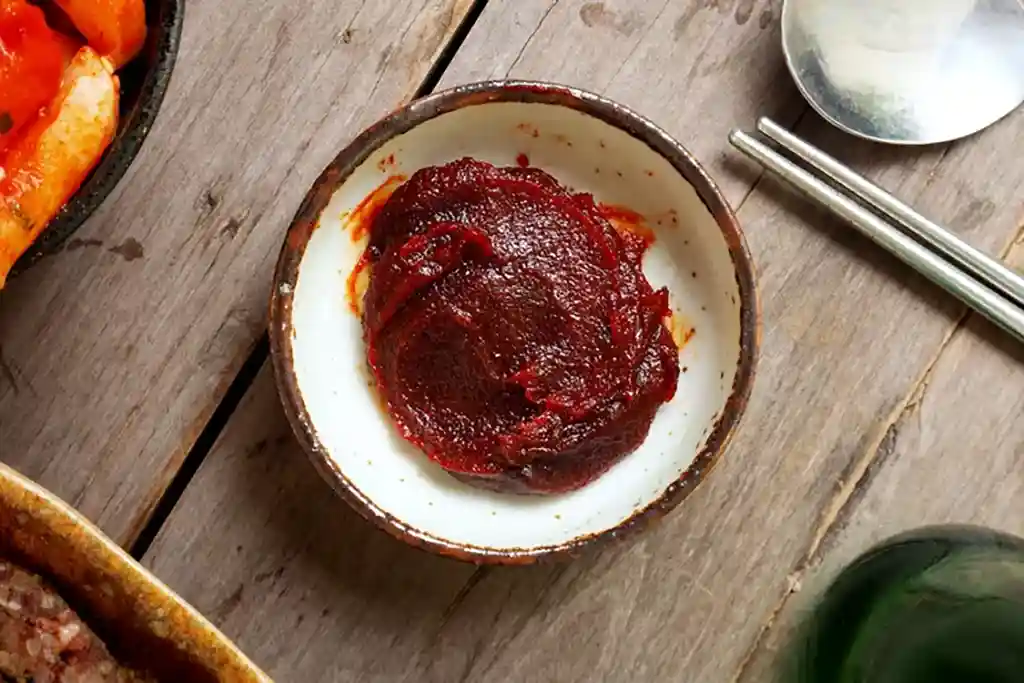
Gochujang is a Korean fermented chili paste made from chili powder, glutinous rice, fermented soybeans, and salt. It has a sweet, savory, and spicy flavor, making it a versatile ingredient in Korean cuisine.
Gochujang is rich in vitamins, minerals, and antioxidants. It contains capsaicin, which has metabolism-boosting properties and can help reduce inflammation. The fermentation process also adds probiotics, promoting gut health.
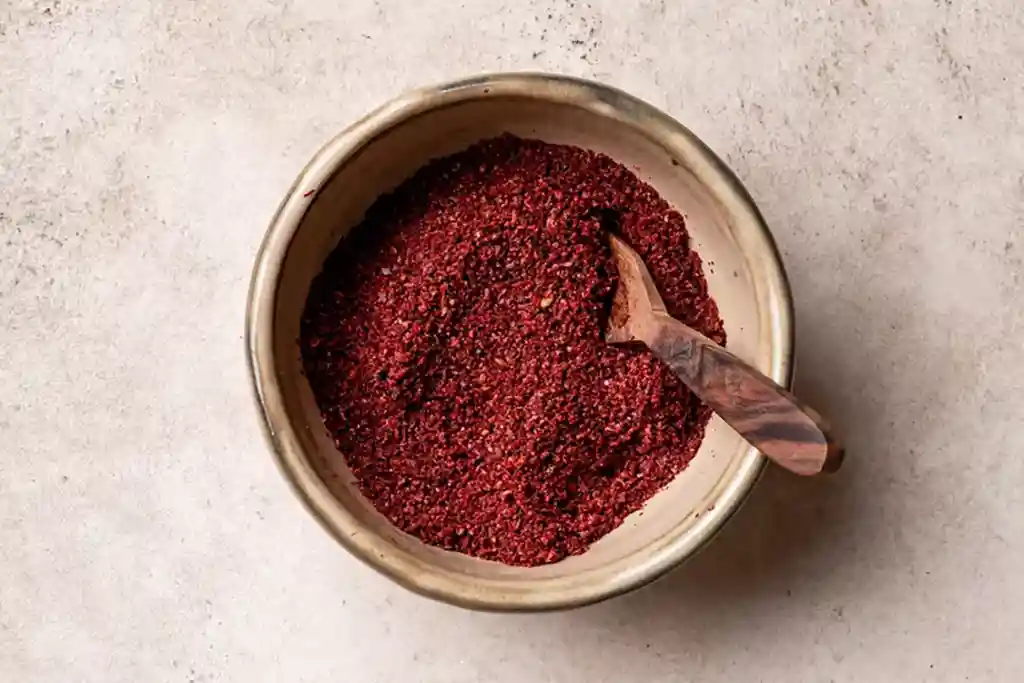
Sumac is a tangy, lemony spice made from dried and ground sumac berries. It’s commonly used in Middle Eastern and Mediterranean cuisines to add a bright, citrusy flavor to dishes.
Sumac is high in antioxidants and has anti-inflammatory properties. It’s also rich in vitamin C, which supports the immune system and helps with collagen production.

Truffle oil is a flavored oil infused with the essence of truffles, a type of fungi. It has a strong, earthy flavor and aroma, often used to add a touch of luxury to dishes.
Truffle oil contains antioxidants and has antimicrobial properties. It’s also a source of monounsaturated fats, which are beneficial for heart health. Its strong flavor means you can use less, reducing the need for extra salt or fat.
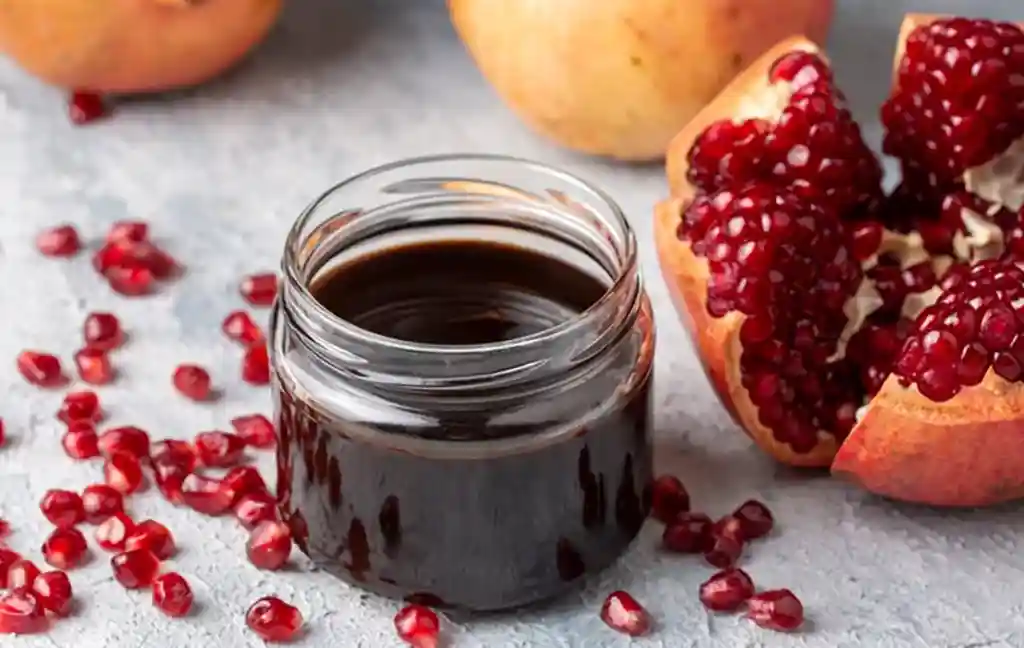
Pomegranate molasses is a thick, dark syrup made from reduced pomegranate juice. It has a sweet and tangy flavor and is commonly used in Middle Eastern cuisine.
Pomegranate molasses is rich in antioxidants and vitamins, particularly vitamin C and vitamin K. It also contains potassium, which supports heart health and helps maintain healthy blood pressure levels.
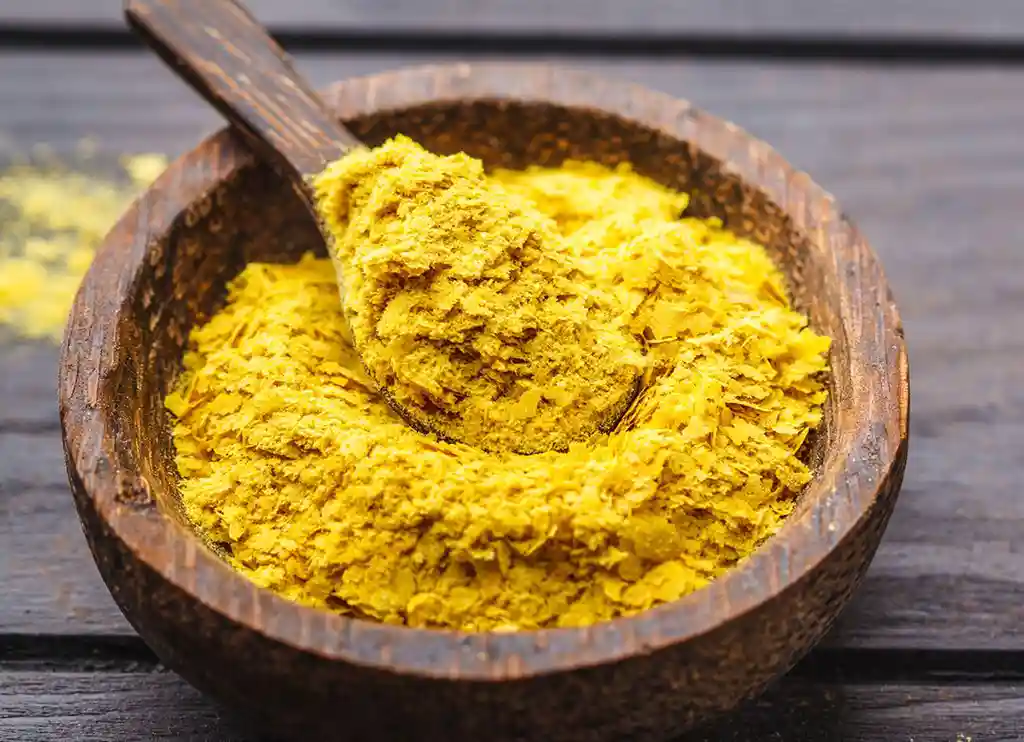
Nutritional yeast is a deactivated yeast commonly used as a cheese substitute. It has a nutty, cheesy flavor and is popular in vegan cooking. It comes in the form of yellow flakes or powder.
Nutritional yeast is a great source of B vitamins, including B12, which is essential for energy production and nervous system health. It’s also rich in protein and fiber, making it a nutritious addition to vegan and vegetarian diets.
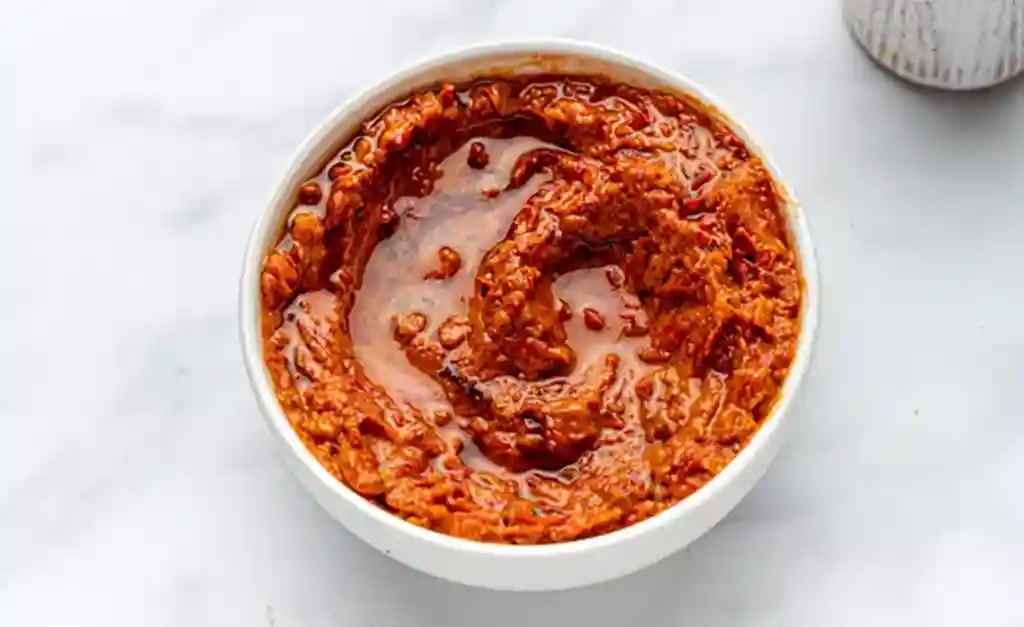
Harissa is a North African chili paste made from roasted red peppers, garlic, and spices. It’s known for its bold, spicy flavor and is commonly used in Tunisian, Moroccan, and Algerian cuisines.
Harissa contains capsaicin, which can boost metabolism and reduce inflammation. It’s also rich in vitamins and antioxidants, particularly vitamin C and vitamin A, which support immune health and skin health.
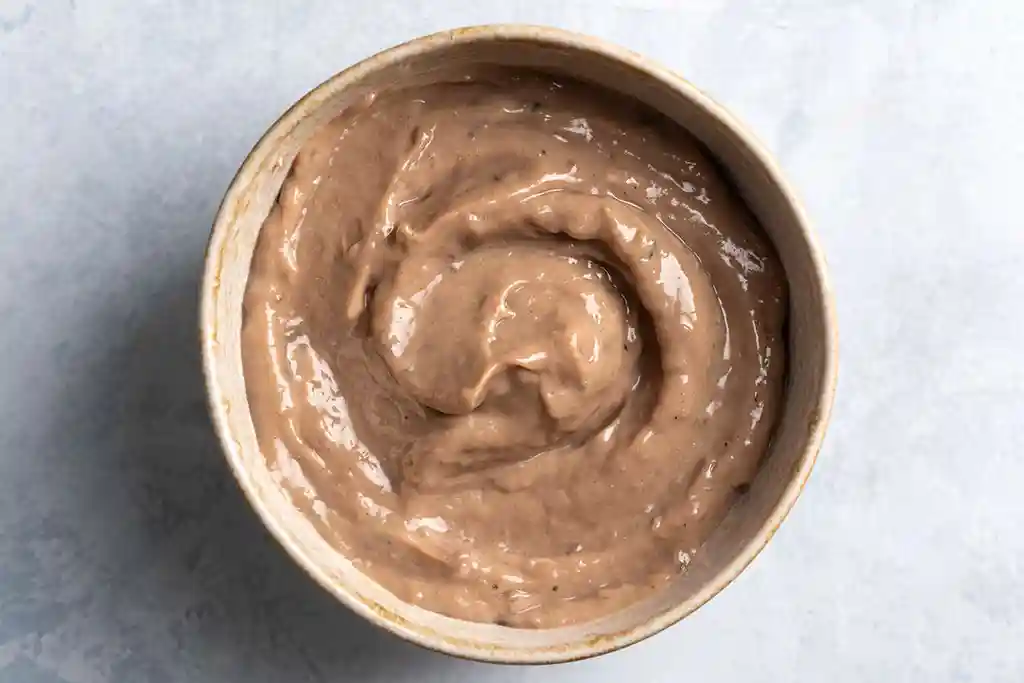
Anchovy paste is made from ground anchovies, salt, and olive oil. It has a salty, umami flavor that can enhance many dishes. It’s often used in Mediterranean cuisine and adds depth without overpowering the dish.
Anchovy paste is high in omega-3 fatty acids, which are beneficial for heart health. It also provides a rich umami flavor, which can help reduce the need for additional salt, making dishes healthier overall.
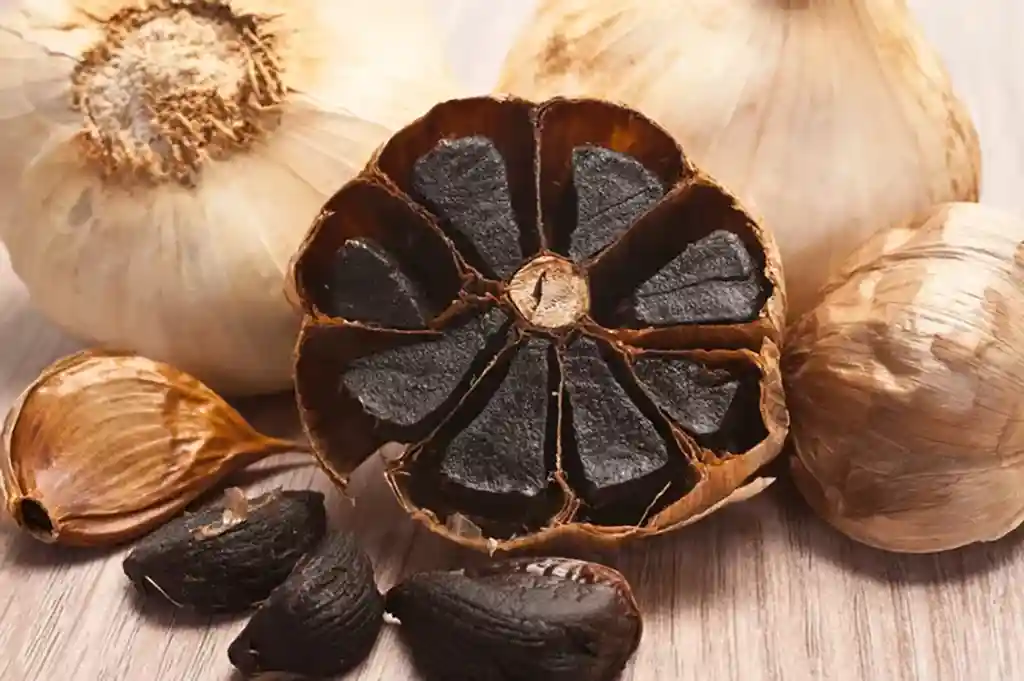
Black garlic is fermented garlic that has a sweet, mellow flavor and a soft, jelly-like texture. It’s often used in Asian cuisine and adds a unique, rich flavor to dishes.
Black garlic has higher levels of antioxidants than regular garlic and offers various health benefits, including boosting immunity and reducing inflammation. Its unique flavor profile makes it a versatile ingredient in both sweet and savory dishes.
Including these 12 secret ingredients into your everyday cooking can significantly elevate your meals, adding new and exciting flavors, textures, and aromas. Each ingredient brings its unique characteristics and benefits, making them versatile additions to your culinary repertoire. Experiment with these ingredients, discover your favorite combinations, and transform your home-cooked meals into gourmet experiences. Happy cooking!